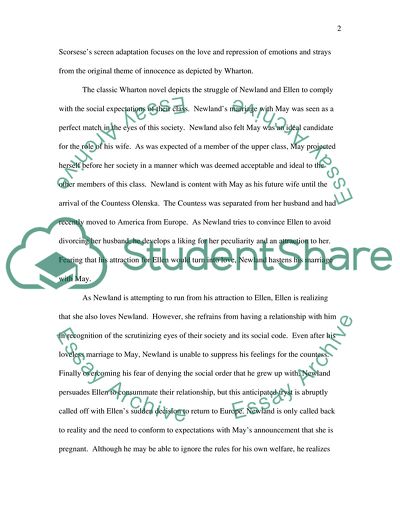Cite this document
(The Age of Innocence by Edith Wharton and Martin Scorsese Book Report/Review, n.d.)
The Age of Innocence by Edith Wharton and Martin Scorsese Book Report/Review. Retrieved from https://studentshare.org/social-science/1731173-wharton-in-scorsese-time
The Age of Innocence by Edith Wharton and Martin Scorsese Book Report/Review. Retrieved from https://studentshare.org/social-science/1731173-wharton-in-scorsese-time
(The Age of Innocence by Edith Wharton and Martin Scorsese Book Report/Review)
The Age of Innocence by Edith Wharton and Martin Scorsese Book Report/Review. https://studentshare.org/social-science/1731173-wharton-in-scorsese-time.
The Age of Innocence by Edith Wharton and Martin Scorsese Book Report/Review. https://studentshare.org/social-science/1731173-wharton-in-scorsese-time.
“The Age of Innocence by Edith Wharton and Martin Scorsese Book Report/Review”. https://studentshare.org/social-science/1731173-wharton-in-scorsese-time.


